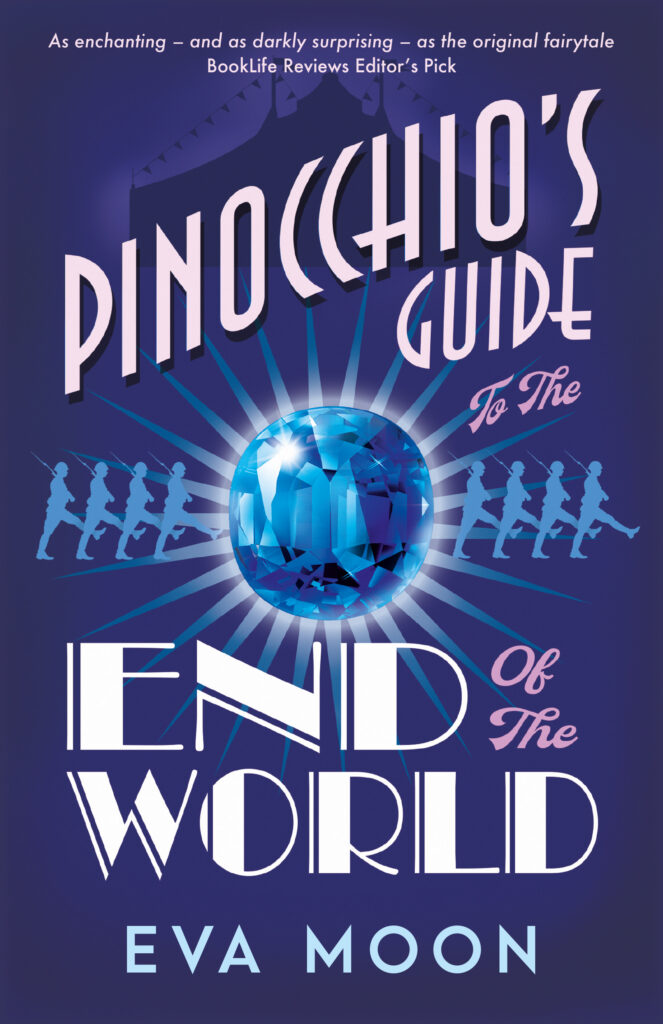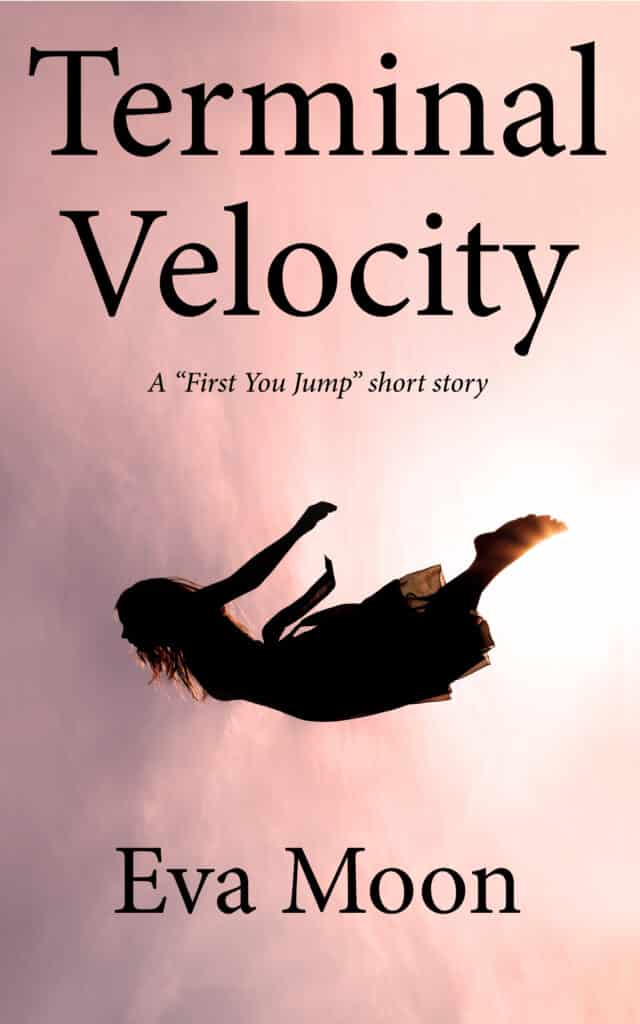Eva Moon manages to balance humor, adventure, and drama in PINOCCHIO’S GUIDE TO THE END OF THE WORLD and the warm humanity of her characters helps illuminate one of the darkest chapters of the 20th century.
IndieReader
An unofficial sequel and a re-imagining of the classic children’s book by Carlo Collodi.
Readers all know the story of Pinocchio, a living puppet that wanted to become a real boy. However, not many people nowadays read Carlo Collodi’s 1881 novel. If they did, they’d be surprised to learn that Pinocchio is both less likable and more savagely punished for his gullibility (at one point in the novel, robbers hang him). Most importantly, it is not his sacrifice but his willingness to accept his father’s authority that grants Pinocchio his wish.
Eva Moon’s PINOCCHIO’S GUIDE TO THE END OF THE WORLD is both an unofficial sequel to Collodi’s novel and a rebuttal to his message about the virtues of obedience…
Throughout the story, Moon stresses that Pinocchio’s flaws make him human, not his obedience to Geppetto. Yes, he can be impulsive, headstrong, and naive. But Pinocchio is also resourceful, loyal, and willing to risk himself to help others. Cruel and uncaring living manikins embody the ideal of absolute and utter obedience – not just to the father, but to the Fatherland. … here we meet its most memorable characters: circus clowns Armond, Matya, and Vrak. In addition, it is here we get a fantastic, unsettling, gory scene worthy of a horror novel. It may not be to everyone’s taste, but it works. Oh, how it works.
Eva Moon manages to balance humor, adventure, and drama in PINOCCHIO’S GUIDE TO THE END OF THE WORLD and the warm humanity of her characters helps illuminate one of the darkest chapters of the 20th century.



